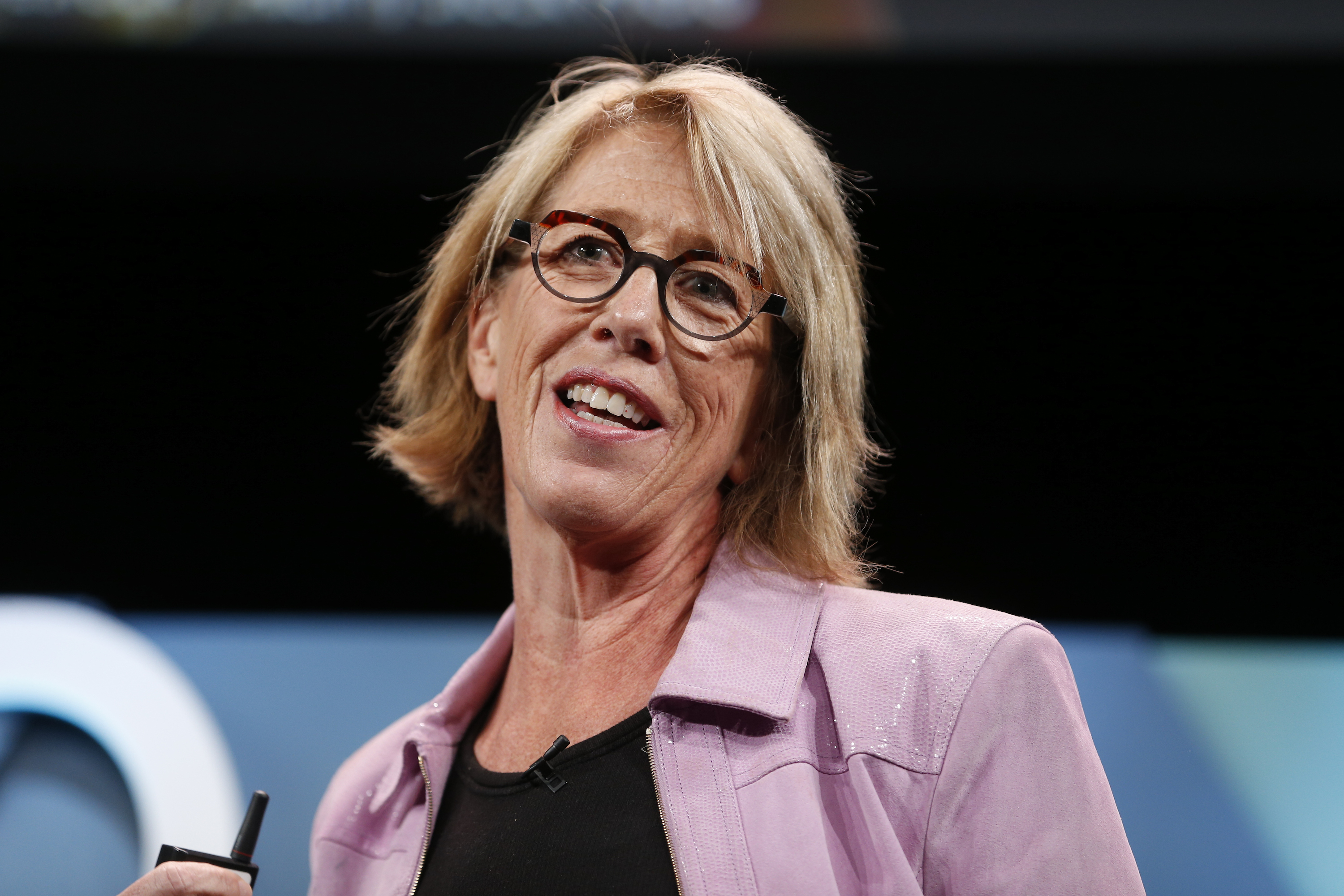- At Business Insider’s IGNITION conference on Monday, Mary Lou Jepsen, a former executive at Facebook and Google, discussed the technology being developed by her new company.
- Openwater is working on a new kind of imaging technology that relies on ultrasound and infrared light.
- The resolution of its system is better than that of MRI machines, Jepsen said.
- The technology could be used to do everything from detecting cancers early to reading people’s minds, she said.
Mary Lou Jepsen has some bold predictions about the impact the technology being developed by her new company, Openwater, will eventually have.
Openwater’s new imaging system will upend the medical industry, allowing doctors to detect cancers sooner and monitor them more effectively, she says. It will give access to MRI-quality scans to millions of people around the world who can’t afford them now. It will allow new types of medical procedures that will obviate the need for surgery to treat certain conditions.
It will also allow doctors to more effectively and precisely treat brain diseases such as schizophrenia and depression. And it might even allow people to essentially read each other’s minds.
“The things we can do with it are pretty profound,” Jepsen said at Business Insider’s IGNITION conference on Monday.
Jepsen has a long history in the technology industry, mostly working on display and camera technologies. She was part of Facebook's Oculus team; worked on virtual-reality technology for Google; developed the low-powered, sunlight-readable screen in used in the low-cost computer created by One Laptop Per Child; and helped created a holographic video system while a professor at MIT.
Jepsen founded Openwater in 2016. The idea behind the company was to build on the advances the consumer electronics industry has made in recent decades in chips, cameras, and sensors to create an imaging system comparable to MRI machines but in a more portable form and at a fraction of the cost.
Openwater's system could be cheaper and smaller than MRI machines
The system the company has developed takes advantage of the ability for infrared light and ultrasonic pulses to penetrate human bodies. It is able to combine the two signals to create a hologram that can then be analyzed by its systems to detect various structures, Jepsen said.
The system already shows the potential of duplicating the resolutions capable by MRI machines and even bettering them, she said. That kind of imaging ability could allow the system to be used to detect blood flow in the brain and tumors and even, potentially, individual neurons. Being able to zero in that close could allow doctors to precisely tell whether the drugs they are administering are effectively treating patients with brain diseases, she said.
But it also could allow a kind of telepathy, Jepsen said. She cited research that's been using a kind of MRI machine that scanned study participants' brains as they were looking at particular kinds of images. Based on that data, computers then attempted to guess what images the participants were looking from just their MRI scans, and were able to do so relatively accurately. Because it has a higher resolution than MRI, Openwater's technology could potentially read users' minds even more accurately, allowing them to transmit their thoughts and feelings electronically, without saying a word, she suggested.
"The bet is ... we're going to get to a lot better resolution soon," she said.
Because the system relies on the kinds of camera, laser, ultrasonic, and logic chips that are mass produced by processor makers, it has the potential to be much cheaper and smaller than existing imaging systems, she said. MRI machines, for example, can cost millions of dollars and rely on huge and heavy magnets. Openwater's system could potentially be worn by patients on a regular basis or used in developing countries that can't afford MRIs or other high-tech imaging systems, she said.
"We can make healthcare better and cheaper," she said. "That's what we're trying to do."
Openwater is one of several companies trying to disrupt the medical imaging industry with lower-cost technology. Another is Vayyar, which has an imaging system that relies on microwaves that is already being tested for use with detecting breast cancer.
Jepsen's company has yet to demonstrate its system for the public. It also hasn't yet sought approval from the Food and Drug Association for it to be used on humans, Jepsen noted.
But, she noted, it relies on infrared light and ultrasound, both of which have long been used safely with humans. And the company has already started animal trials.
"I think this is inevitable," she said. "It's going happen."
- Read more from BI's IGNITION 2018 conference:
- How an LA upstart is redefining the media world by helping African-American millennials 'tell their own story'
- Meet the two-year-old Silicon Valley startup that beat Amazon to creating the world's largest fully autonomous drone delivery system
- 'People in their 20s really never used dating apps until Tinder:' Match Group CEO talks about the changing dating scene at IGNITION 2018
- The business school prof who predicted Amazon would buy Whole Foods now says an AWS spinoff is inevitable - and the standalone company could be worth $600B

